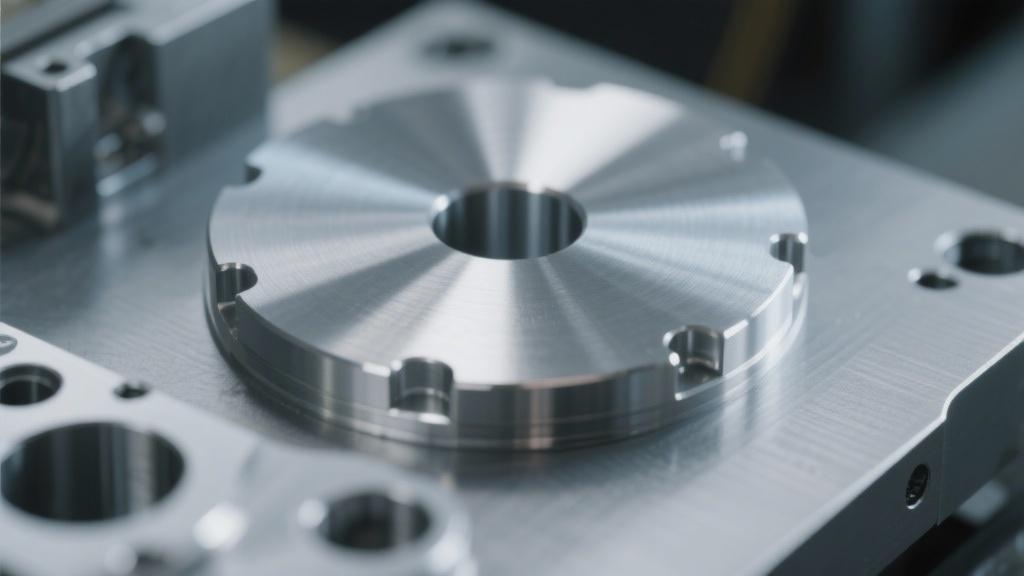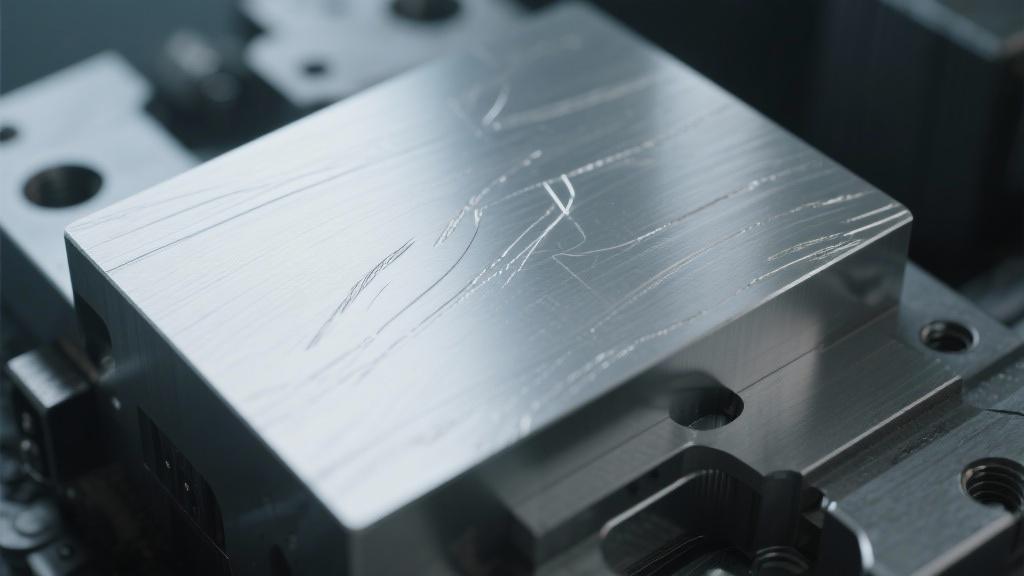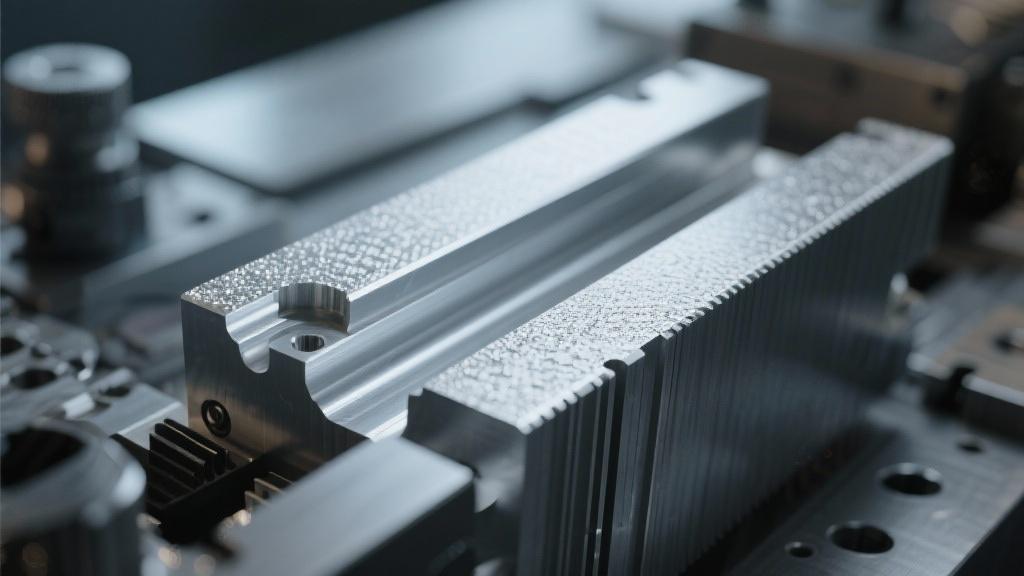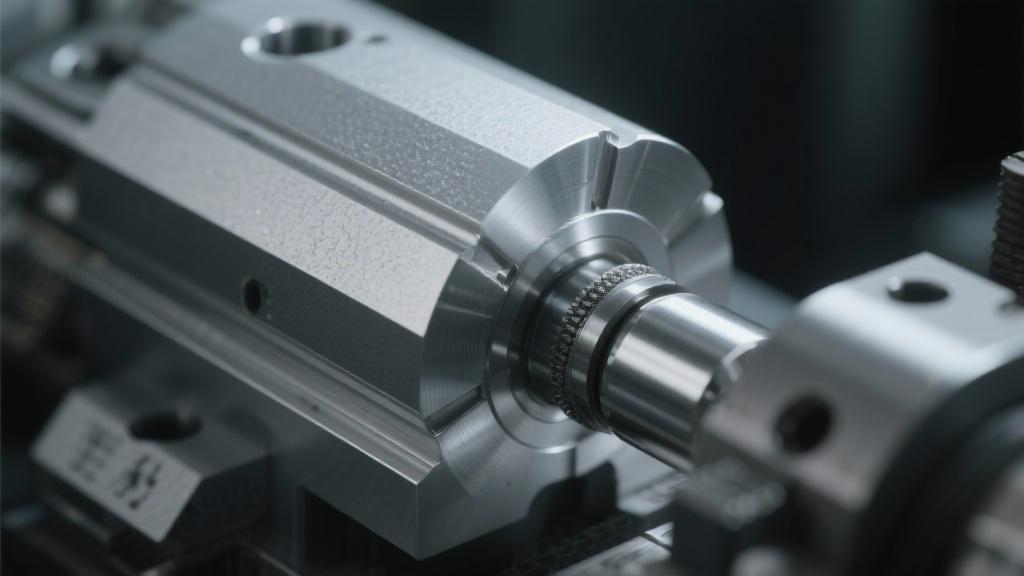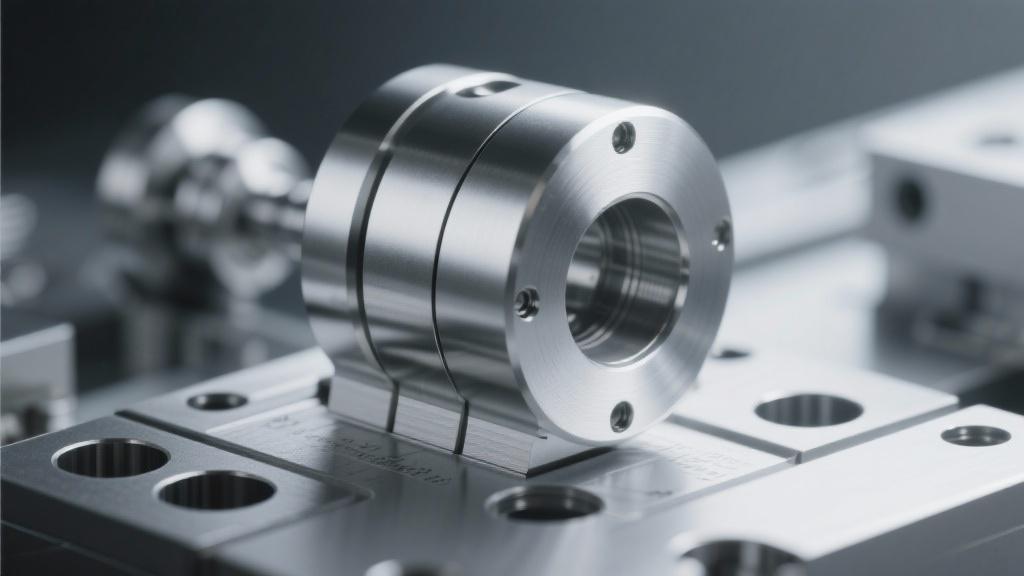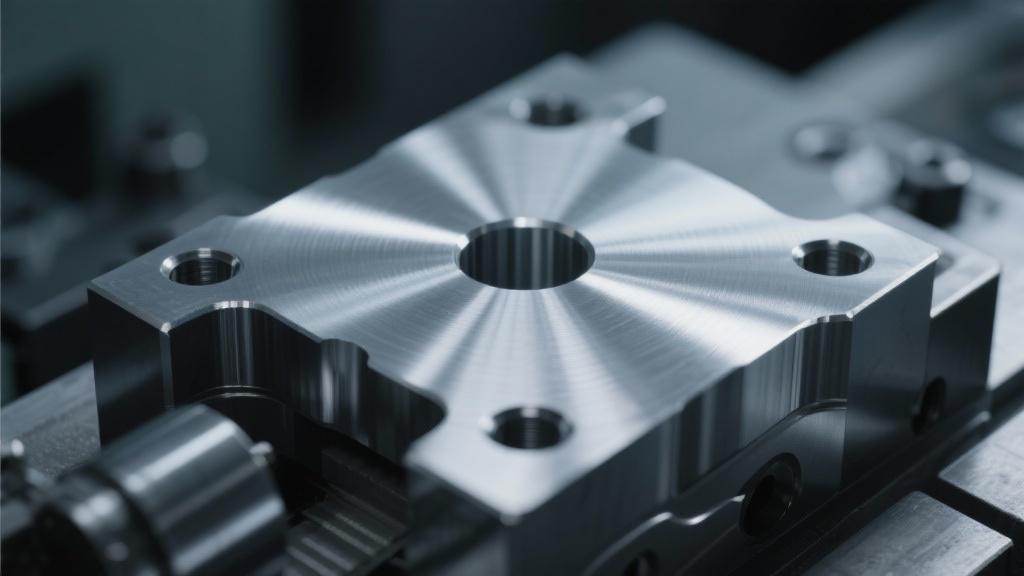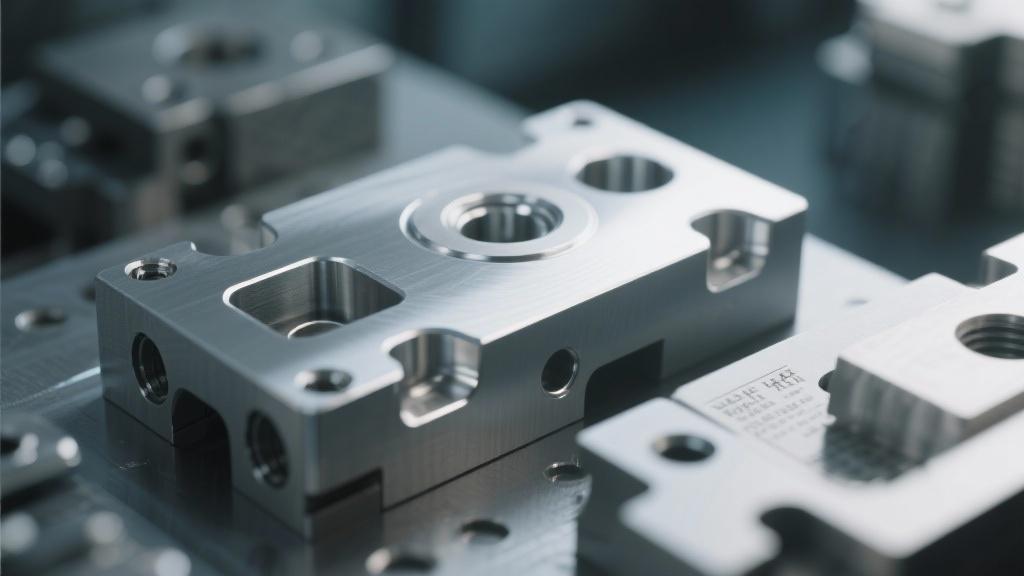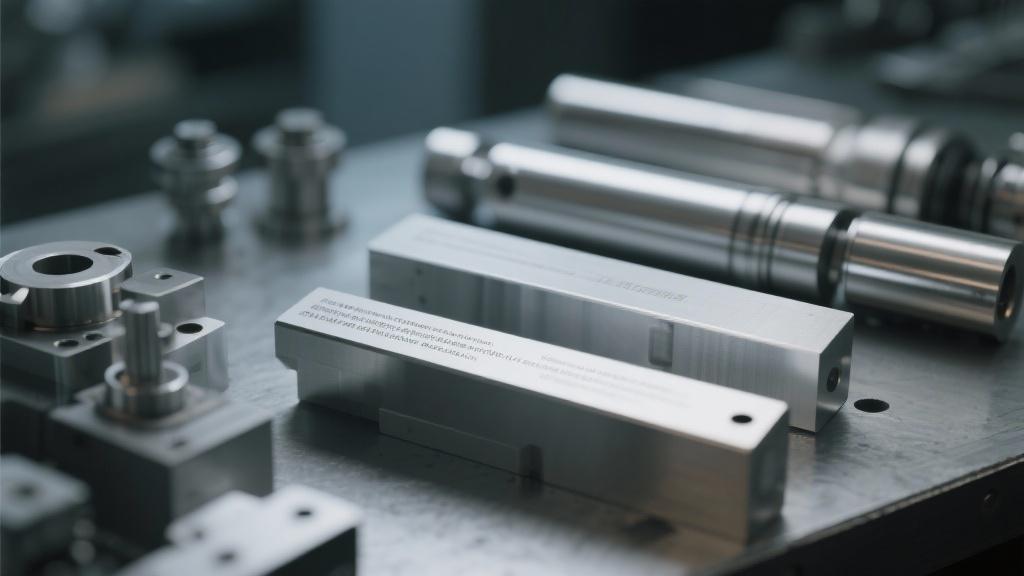What influences the surface finish of CNC machined aluminum parts?
What influences the surface finish of CNC machined aluminum parts? Read More »
FAQAdditionally, we highlight common challenges faced during machining and provide practical tips to overcome them, ensuring an optimal finish. Whether you’re new to CNC machining or looking to refine your technique, this comprehensive guide offers […]

